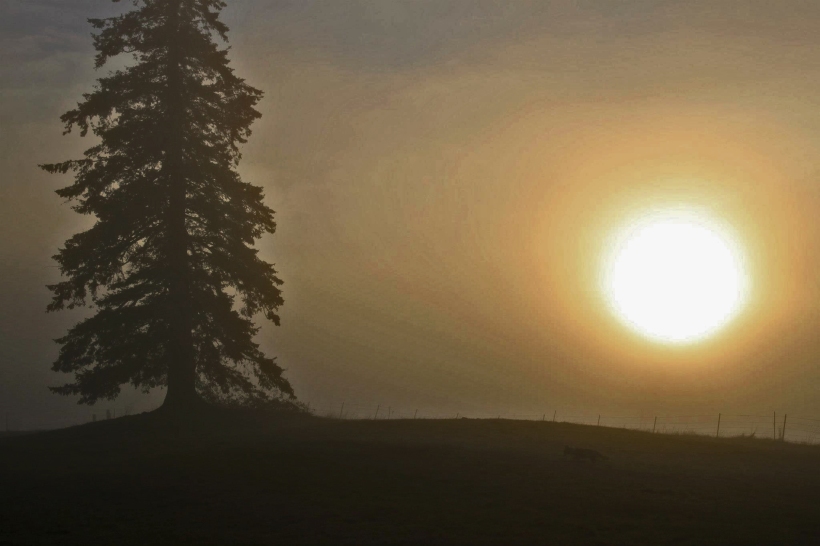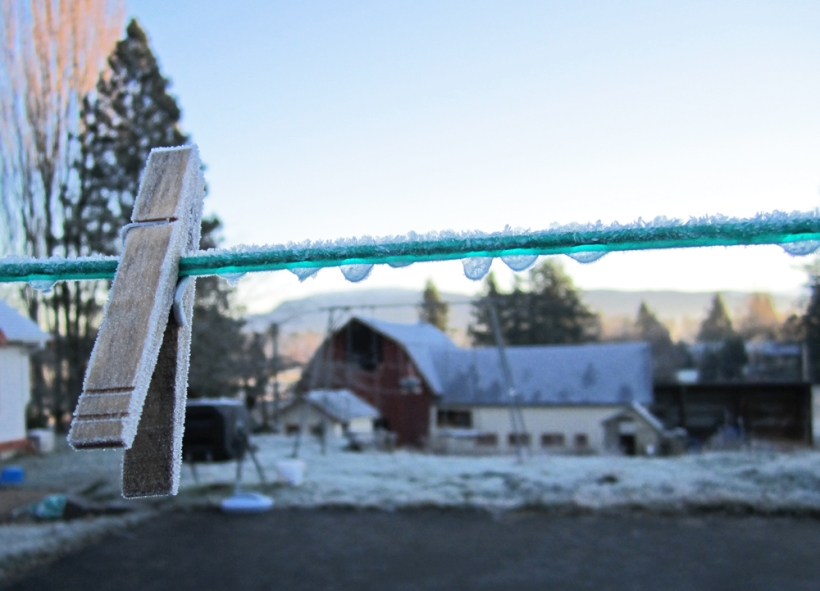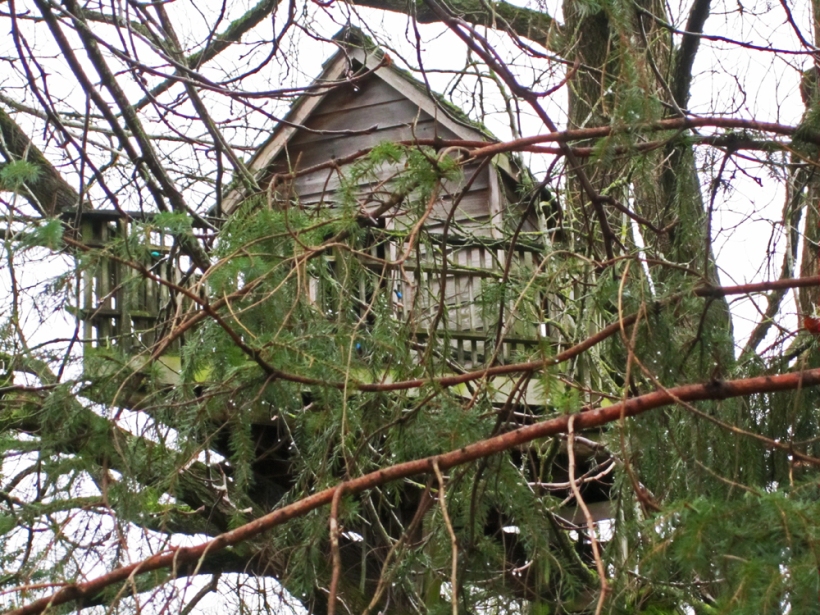

There is nothing like looking, if you want to find something. You certainly usually find something, if you look, but it is not always quite the something you were after.
— J.R.R. Tolkien




“O cruel cloudless space,
And pale bare ground where the poor infant lies!
Why do we feel restored
As in a sacramental place?
Here Mystery is artifice
And here a vision of such peace is stored,
Healing flows from it through our eyes.”
~May Sarton from Nativity


 “I heard a bird sing
“I heard a bird sing
In the dark of December
A magical thing
And sweet to remember.
‘We are nearer to Spring
Than we were in September,’
I heard a bird sing
In the dark of December.”
– Oliver Herford, I Heard a Bird Sing




“Come, come thou bleak December wind,
And blow the dry leaves from the tree!
Flash, like a Love-thought, thro’me, Death
And take a Life that wearies me.”
– Samuel Taylor Coleridge, 1772-1834, Fragment 3



“That’s no December sky!
Surely ’tis June
Holds now her state on high
Queen of the noon.
Only the tree-tops bare
Crowning the hill,
Clear-cut in perfect air,
Warn us that still
Winter, the aged chief,
Mighty in power,
Exiles the tender leaf,
Exiles the flower.”
– Robert Fuller Murray (1863-1894), A December Day


“This is what I have heard
at last the wind in December
lashing the old trees with rain
unseen rain racing along the tiles
under the moon
wind rising and falling
wind with many clouds
trees in the night wind.”
– W. S. Merwin

“The grim frost is at hand, when apples will fall thick, almost thunderous, on the hardened earth.”
– D. H. Lawrence




“Give me the end of the year an’ its fun
When most of the plannin’ an’ toilin’ is done;
Bring all the wanderers home to the nest,
Let me sit down with the ones I love best,
Hear the old voices still ringin’ with song,
See the old faces unblemished by wrong,
See the old table with all of its chairs
An’ I’ll put soul in my thanksgivin’ prayers.”
– Edgar A. Guest



“Through bare trees
I can see all the rickety lean-tos
and sheds, and the outhouse
with the half-moon on the door,
once modestly covered in
summer’s greenery.
Through bare trees
I can watch the hawk
perched on a distant branch,
black silhouetted wings
shaking feathers and snow,
and so can its prey.
Through bare trees
I can be winter’s innocence,
unashamed needfulness,
the thin and reaching limbs
of a beggar, longing to touch
but the hem of the sun.”
– Lisa Lindsey, Bare Trees




“There is a privacy about it which no other season gives you ….. In spring, summer and fall people sort of have an open season on each other; only in the winter, in the country, can you have longer, quiet stretches when you can savor belonging to yourself.”
– Ruth Stout


















